20.The Throws of War
In the midst of World War I, one of Germany’s main tactics was to wage a daring and destructive campaign against the British shipyards. Using submarines and U-boats, Germany hoped to prevent food and materials from reaching Britain and managed to sink over 5,000 British vessels in their attempts.

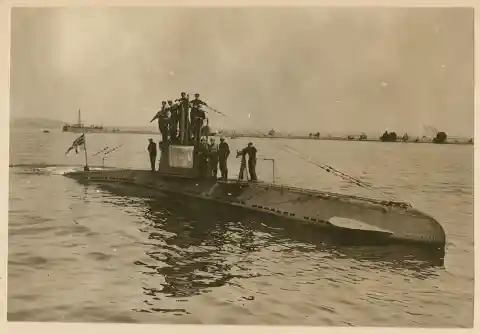
However, Germany also lost assets in the process with over 178 boats and 5,000 submarines lost to depths. Now over 100 years later, one of these U-boats has been found off the Belgian coast. You won’t believe what they found inside.
19. Submarines of War
It was during World War I that the various world powers discovered the submarine’s deadly potential. In 1915, the Lusitania was sunk off the coast of Ireland by a single torpedo from a German submarine.
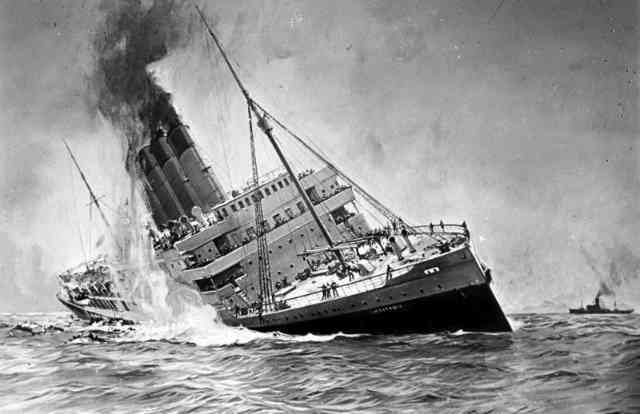
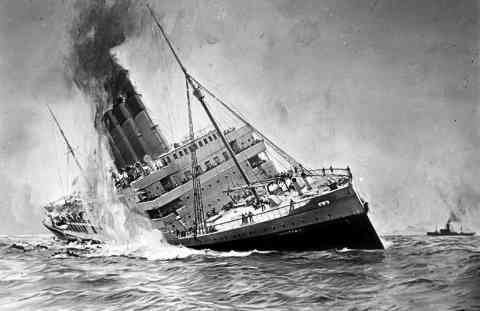
Out of the 1,962 passengers, over 1,200 died from hypothermia or drowning.
18. Germany vs. Britain
As the conflict continued to escalate, it became very clear that World War I was going to last for quite some time.

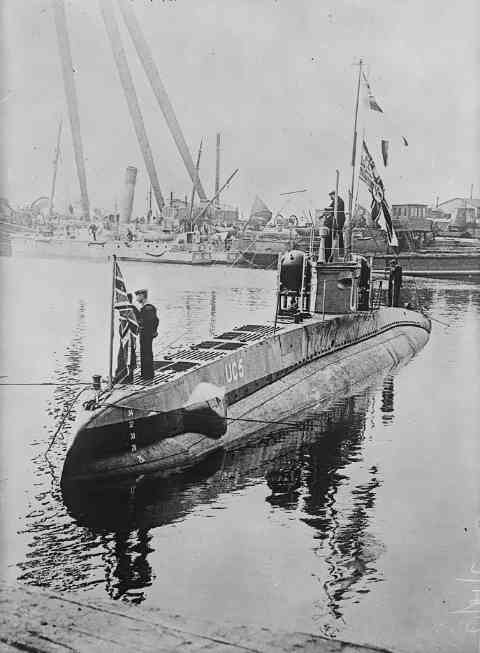
Therefore, both Germany and Britain doubled down on their attacks with Germany focusing on trade routes and Britain cracking down their German port blockades.
17. The Germans Lash Out
During this time, Britain made it clear to Germany that any of their food supply ships were fair game. At the same time, Germany was feeling the heat from America, since over 120 of the passengers on the Lusitania who perished were American.
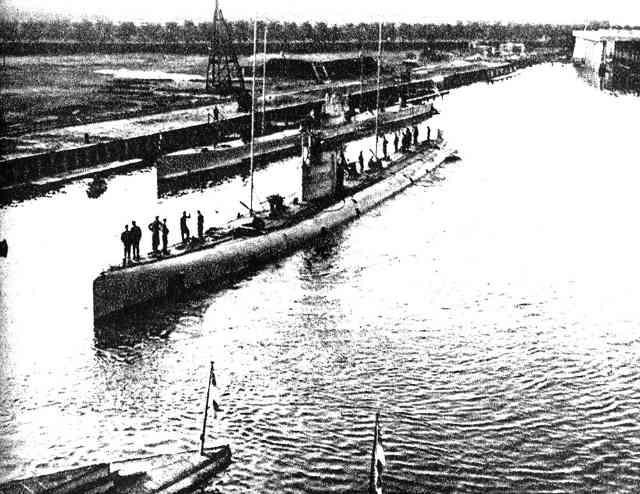
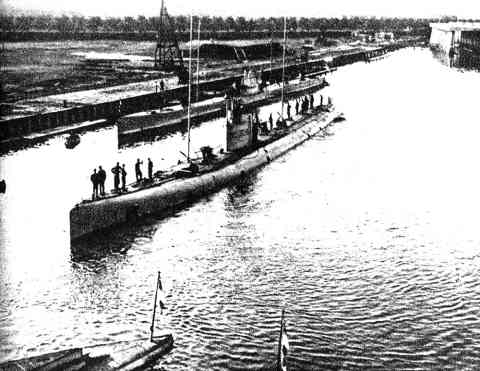
This forced Germany to rely on the U-boat as their main weapon of destruction.
16. Fighting Back
With Germany’s submarines declaring that all ships in the seas around Britain were at risk, the Royal Navy advised all of their vessels to flee at the site of a submarine or try to ram them.
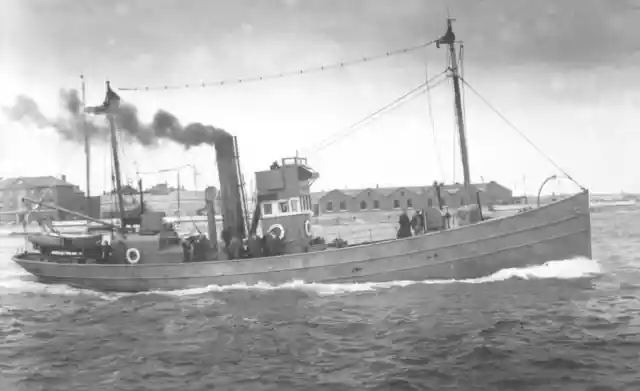
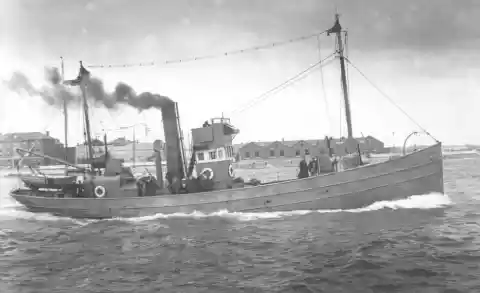
Of course, Germany made sure to keep themselves one step ahead of the game, deciding it was time to unleash an all-out submarine war.
15. Not Enough Damage
Despite Germany’s best attempts, they were only able to accomplish very little at first.
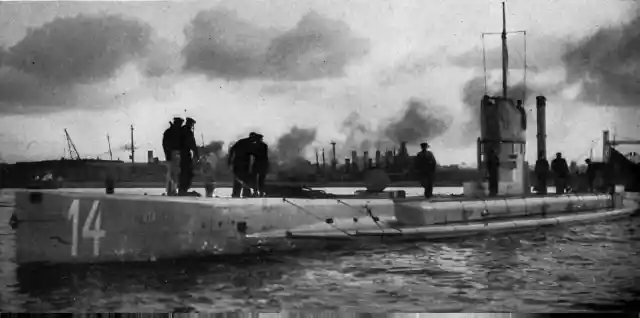
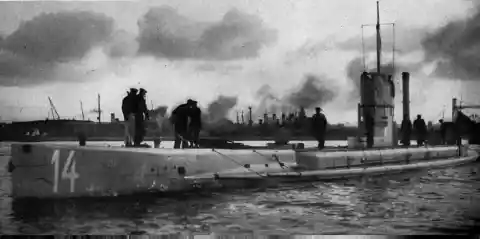
In fact, only a small percentage of Britain’s merchant fleet was destroyed by the German submarines. However, one admiral had a plan.
14. The 600,000 Ton Plan
According to Admiral Henning von Holtzendorff, one way the Germans could obtain the upper hand was by destroying 600,000 tons of British merchant shipping on a monthly basis.


Of course, this was only based on research, but it was believed by maintaining such a high level of destruction, the British would fall to Germany in less than six months.
13. The Royal Navy’s Counter Measures
Unfortunately for Germany, the Royal Navy planned countermeasures that involved a convoy system. This led to more U-boats being destroyed through the remainder of the war than the British fleet.
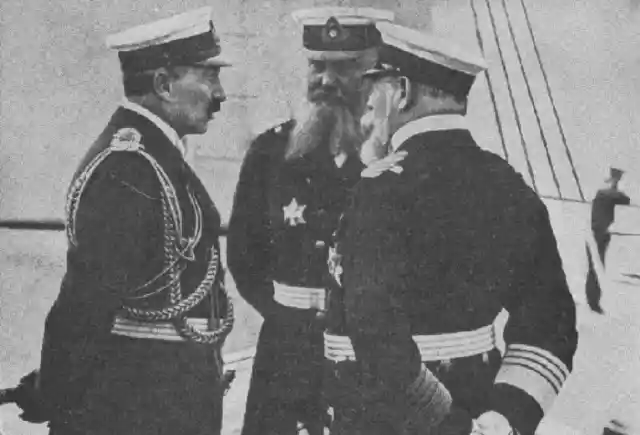

By 1918, Germany’s threat was considerably weakened, and by November of that same year, the U-boats had been acquired by the Allies.
12. The Strange Sinking of UB-29
One German U-boat that was tagged as UB-29 was attacked by the Royal Navy off the coast of Belgium.

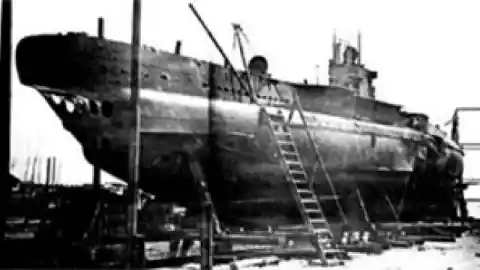
The U-boat would eventually sink, with the wreck lost to the ocean’s depths along with the crew; however, the mystery surrounding the incident continues to be investigated by historians.
11. Lost and Finally Found
In the summer of 2017, Belgian marine archaeologist Tomas Termote was exploring the seabed off the coast of Belgium for wrecks when he discovered a sunken U-boat.


He was shocked at how great the condition was and had no idea he was looking at the missing UB-29. That is, until it was confirmed by fellow researchers.
10. The Location Kept Secret
Since the mystery of UB-29 was well-known, the scientists kept the location of the wreck a secret. “I immediately realized this was a German U-boat,” Termote told The New York Times.


“The submarine was remarkably intact and covered in seaweed, marine plants, and orange, red and yellow flowers.”
9. Fear of Looters
One of the main fears of the Belgian government was that looters would strip the wreckage.

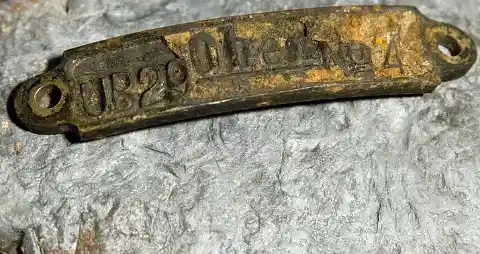
However, there was another at hand as well. It was possible the wreck could also be the final resting place of the crew.
8. A Watery Grave
According to Termote, his team was almost certain that the crew was dead and likely still inside buried in the sand.
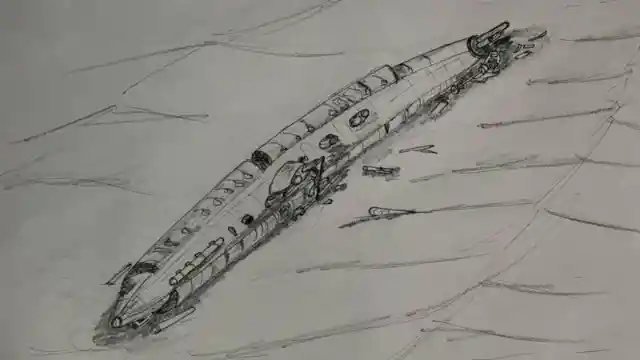
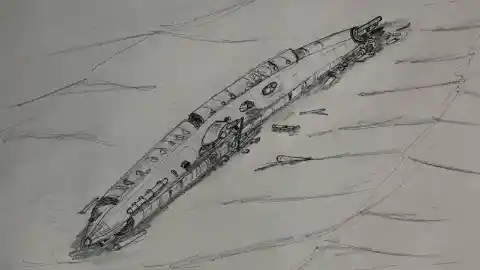
While he thought it was possible some of the crew escaped during the initial sinking, it is believed most perished. The last logs of the UB-29 reveal it set off on November 27, 1916 with a crew of 22 men.
7. Evaluating the Damage
While the U-boat had managed to stay in one piece, there was considerable damage to the bow of the ship.
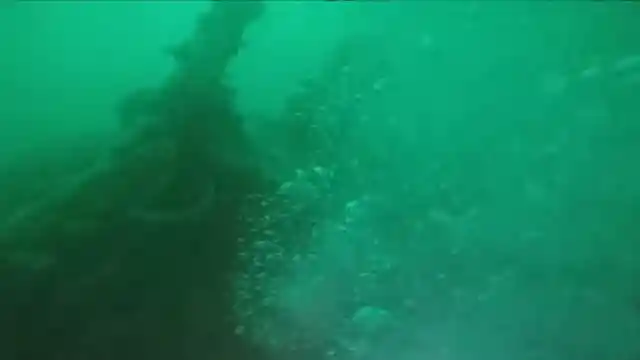
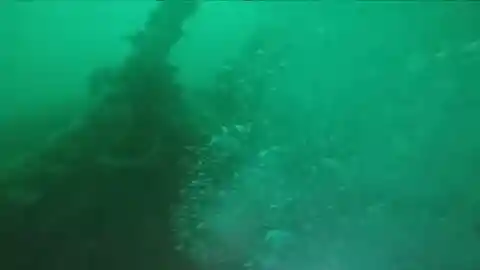
This led Termote to believe that it could have struck a mine on its way back to port. However, an attack by the Royal Navy was also a high possibility.
6. More Theories
Another theory regarding the U-boat’s sinking is a slight variation on the others. It’s believed that the U-boat found itself under attack and quickly began to head back to port.
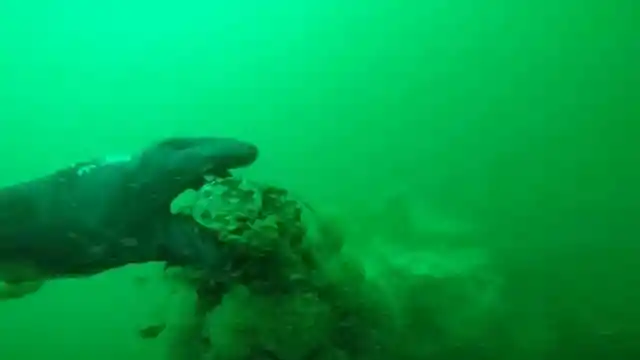

In a hurry, the crew did not properly monitor the mines in the area, with the submarine hitting one in the process.
5. The UB-II Specifications
The UB-II submarine models were considered some of the best in their class at the time. They were 88 feet long and about 20 feet wide. It is believed that the U-boats could dive as deep as 160 feet.
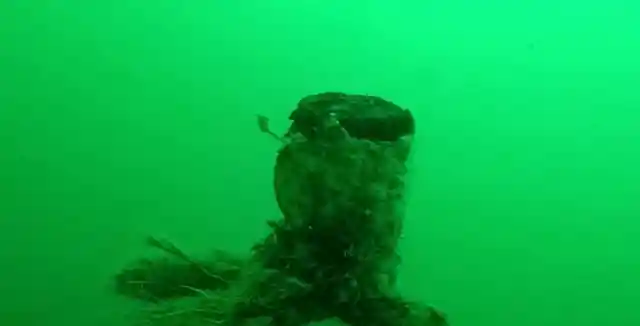

They were also equipped with two torpedo tubes and on-deck weapons for surface attacks. Overall, the design was quite useful during the war in terms of versatility.
4. Minor Artifacts Found
While nothing has been removed from the inside of the UB-29, there were minor artifacts discovered surrounding the wreckage.
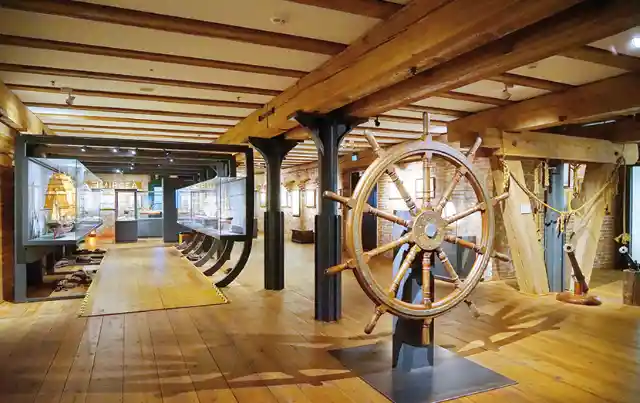
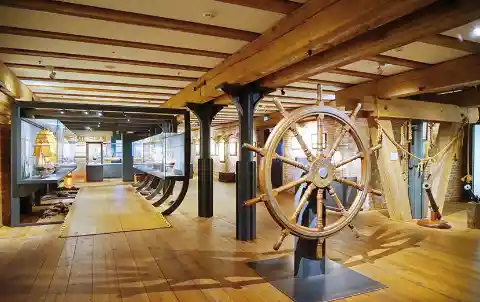
These items will eventually be sent for restoration and then put on display at the Internationales Maritimes Museum in Hamburg.
3. The German Government Involved
Since the discovery of the UB-29, the German government has pressured Belgium to declare the wreck a war grave.


Since it’s believed that the bodies of the crew could still remain inside the wreckage, the German government believes the area should be protected and the spirits of those lost left in peace.
2. A Final Resting Place
Not wanting to disturb the bodies of the crew inside, the Belgian authorities have decided to comply with the German government and declare the wreck site a war grave.
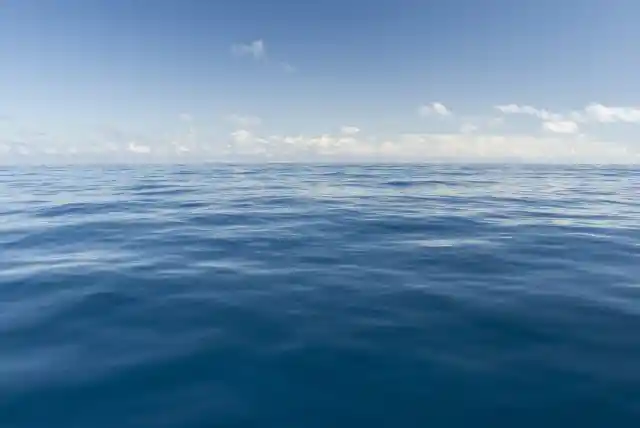
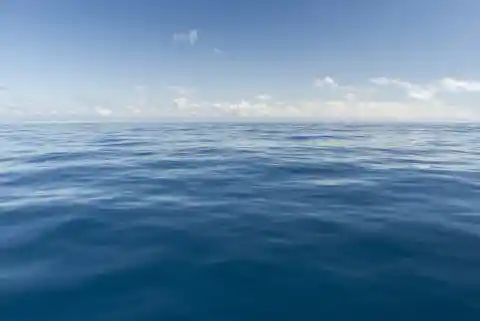
This will keep the bodies from being exhumed, as well as deter looters from attempting to steal from the wreck.
1. A Mystery Finally Solved
While we may never know the exact reason the UB-29 sank to the bottom of the ocean over 100 years ago, the discovery of the wreck should bring peace to the families of the 22 crew members lost.
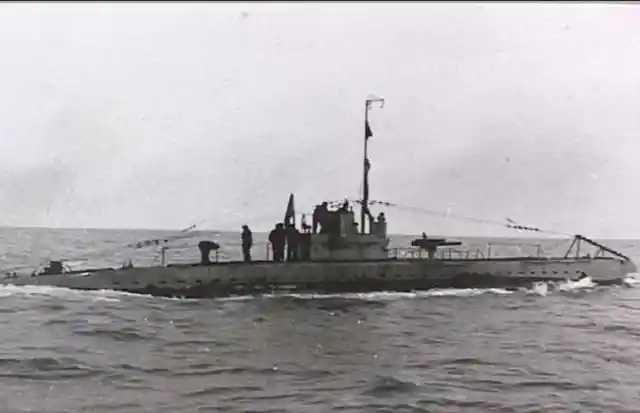
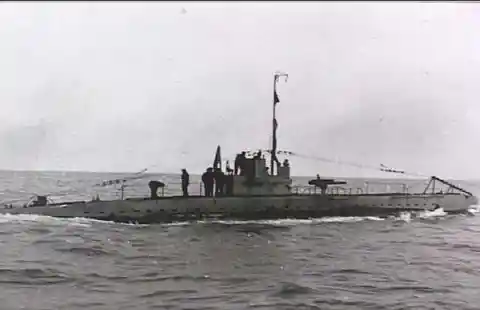
It’s also another amazing find for those involved in preserving our great history, the good and the bad.